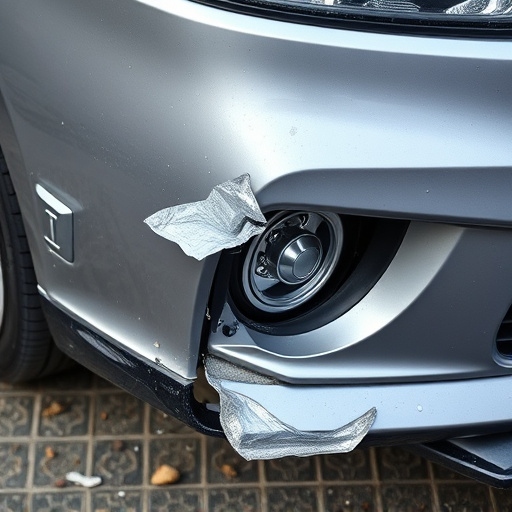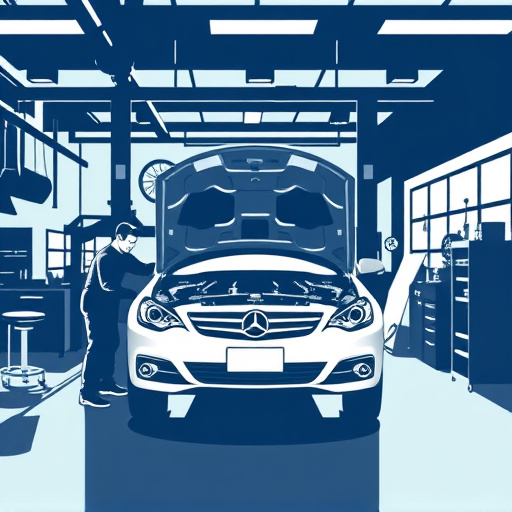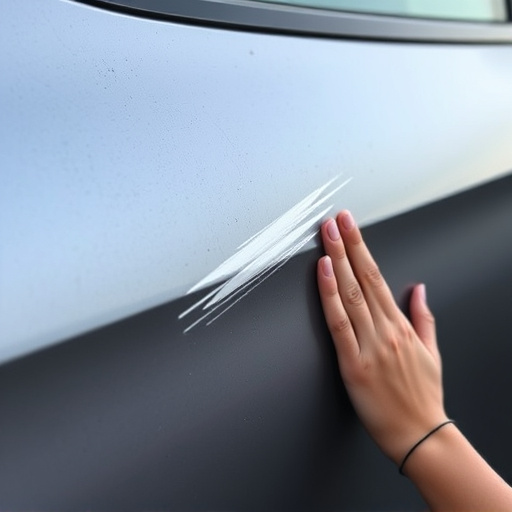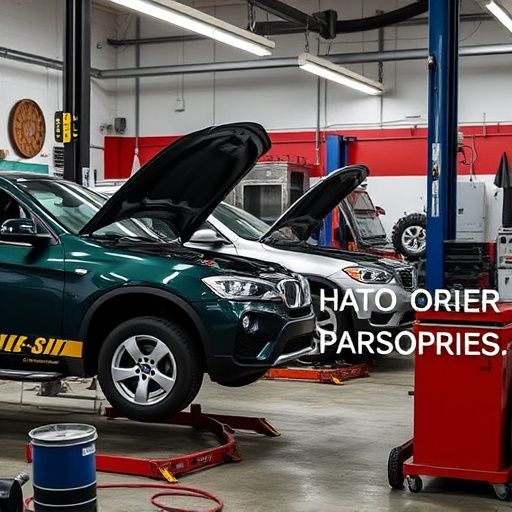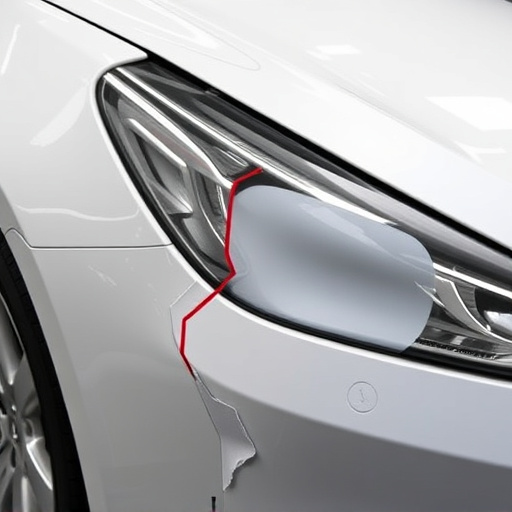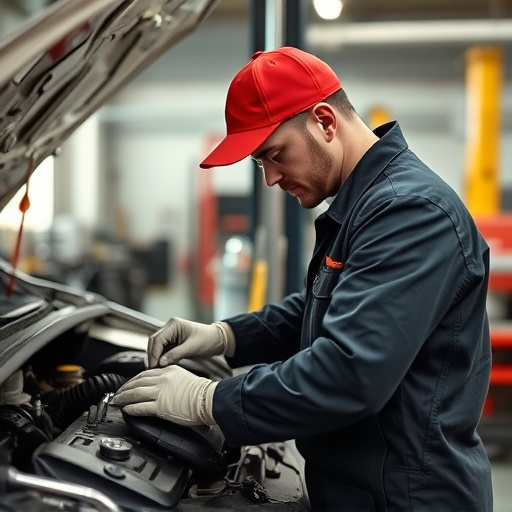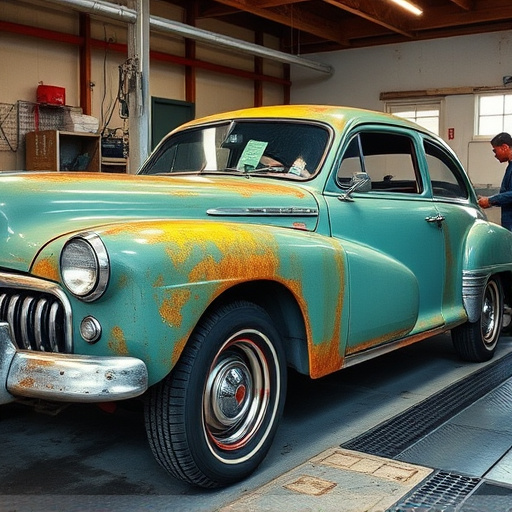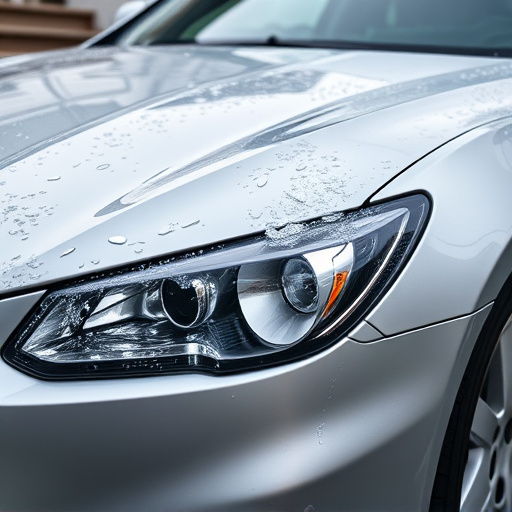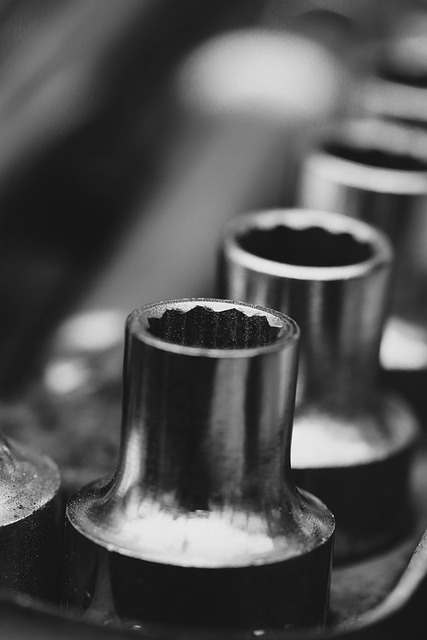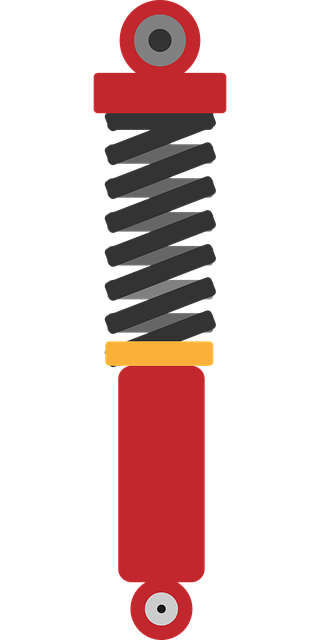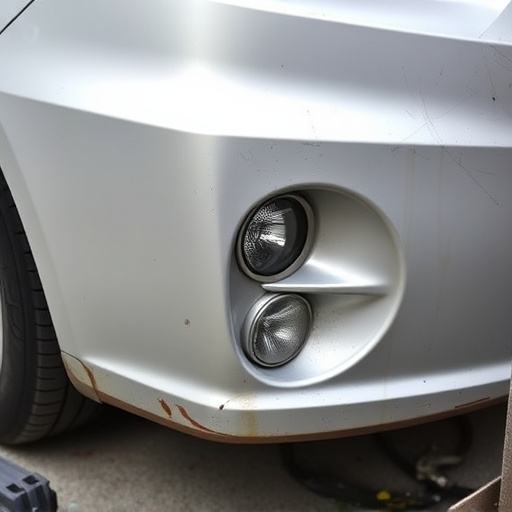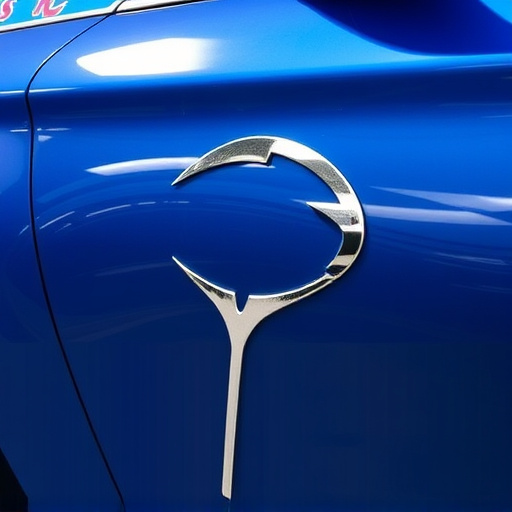Tesla frame straightening is a specialized process ensuring the safety and performance of Tesla vehicles, particularly crucial for advanced driver-assistance systems (ADAS). It involves correcting chassis and body alignment using advanced tools and precise methods. Fleet repair services invest in state-of-the-art facilities and highly trained technicians to handle intricate repairs, including recalibrating ADAS sensors for optimal performance. Accurate sensor calibration is vital for maintaining safety, driving experience, sensor lifespan, and vehicle value.
Tesla vehicles, renowned for their cutting-edge technology, require periodic frame straightening and Advanced Driver Assistance System (ADAS) sensor recalibration. This process ensures optimal performance and safety features. Understanding Tesla’s unique frame straightening techniques is key to maintaining these high-tech cars. Learn how professional alignment services calibrate ADAS sensors, enhancing autonomous driving capabilities and ensuring your Tesla remains a reliable, top-performing vehicle.
- Understanding Tesla Frame Straightening Techniques
- The Role of ADAS Sensors in Modern Vehicles
- Recalibration Process and Its Benefits for Tesla Owners
Understanding Tesla Frame Straightening Techniques
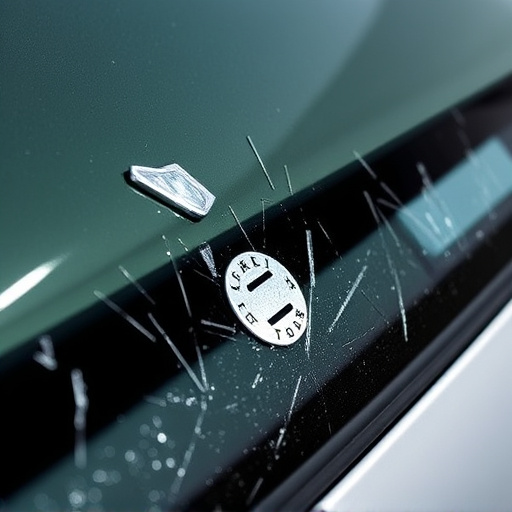
Tesla frame straightening is a specialized process that involves correcting the structural alignment of a Tesla vehicle’s chassis and body panels. This technique is crucial for maintaining the vehicle’s safety, handling, and overall performance, especially in the context of advanced driver-assistance systems (ADAS). Modern Teslas are equipped with a multitude of sensors and cameras that form the backbone of their autonomous driving capabilities, making precise frame straightening even more critical.
When it comes to understanding Tesla frame straightening techniques, vehicle repair experts employ a combination of advanced tools and meticulous methods. This often includes using specialized equipment for measuring and adjusting the vehicle’s structure, ensuring that every component is aligned correctly. Fleet repair services catering specifically to Teslas have invested in state-of-the-art facilities and highly trained technicians to handle these intricate repairs, addressing not just the physical frame but also recalibrating the ADAS sensors for optimal performance.
The Role of ADAS Sensors in Modern Vehicles
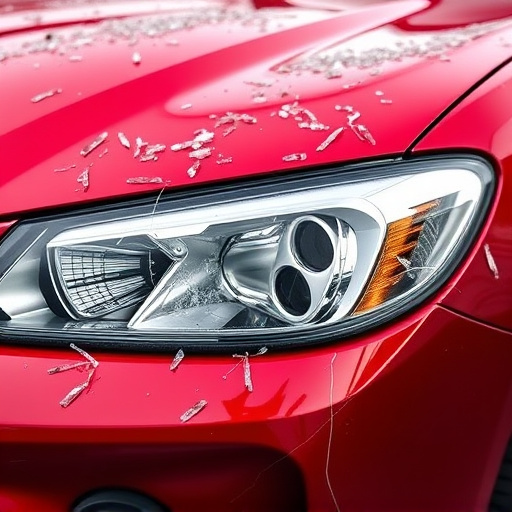
Advanced Driver Assistance Systems (ADAS) sensors play a pivotal role in modern vehicles, enhancing safety and driving experiences. These sensors, integrated into cars like Tesla models, are designed to detect and interpret their surroundings, enabling features such as adaptive cruise control, lane-keeping assist, and automatic emergency braking. By ensuring these systems operate accurately and effectively, regular calibration becomes essential for optimal performance.
In the context of Tesla frame straightening, it’s crucial to understand that ADAS sensors can be affected by misalignments or damage during automotive collision repair or car damage repair processes. Vehicle repair services specializing in such calibrations ensure that after any repair, including frame straightening, these sensors are accurately recalibrated, maintaining the vehicle’s safety and advanced driver assistance capabilities.
Recalibration Process and Its Benefits for Tesla Owners
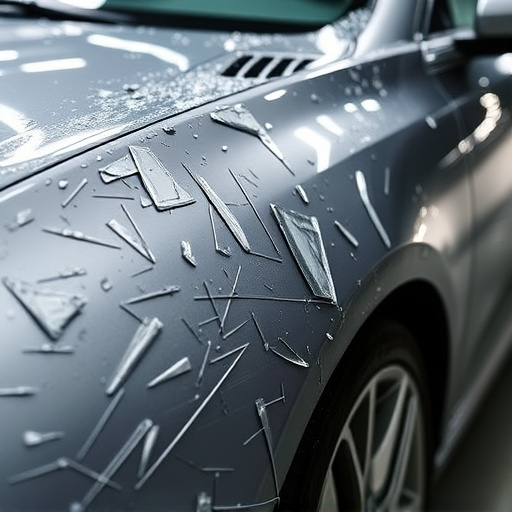
The process of Tesla frame straightening and ADAS (Advanced Driver-Assistance Systems) sensor recalibration is a crucial aspect of maintaining your luxury vehicle’s safety and performance. It involves realigning the car’s structural components and recalibrating sensors to ensure they function optimally after any hail damage repair or car body repair. This meticulous process begins with assessing the vehicle for any misalignments, which could be caused by accidents, road debris, or even routine luxury vehicle repair.
Benefits of this recalibration extend beyond improved safety. It enhances the accuracy of Tesla’s Autopilot and other driver assistance features, ensuring they provide the best possible support during driving. Regular calibration also extends the lifespan of sensors, which are critical components in modern vehicles, preventing premature wear and tear. For Tesla owners, staying on top of these maintenance tasks is essential to not only preserve the vehicle’s value but also ensure a secure and efficient driving experience.
Tesla frame straightening is an essential service for maintaining the structural integrity and safety of these advanced electric vehicles. By understanding the various techniques and the critical role of ADAS (Advanced Driver Assistance Systems) sensors, owners can ensure their cars remain in optimal condition. The recalibration process plays a vital part in preserving the accuracy of these sensors, ultimately enhancing the overall driving experience for Tesla folks.


